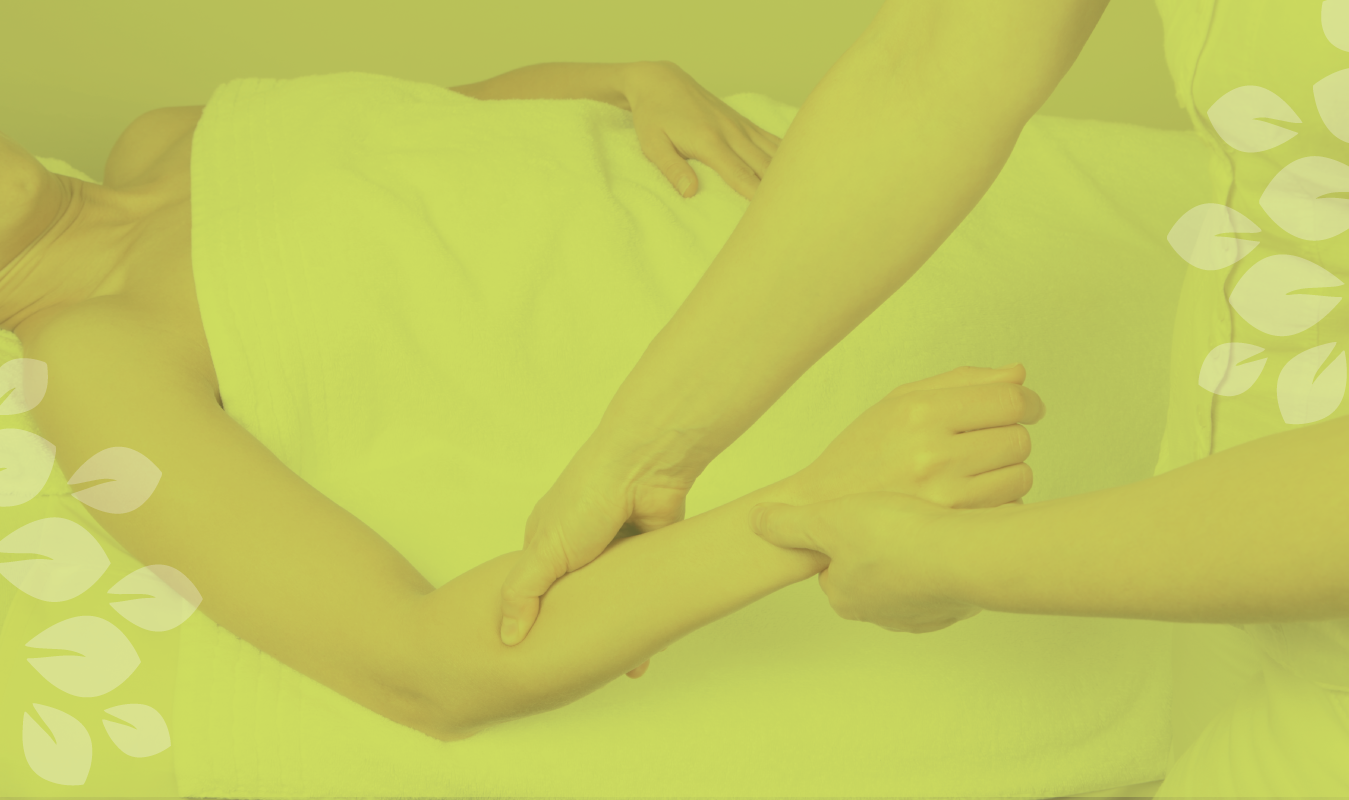28 May Fit For Pregnancy
Fit for pregnancy
Get some rest
The fatigue you feel in the first and third trimesters is your body’s way of saying “slow down”. A nap in the middle of the day may seem like a luxury you can’t afford, but you both will benefit. If you are unable to sleep, at least put your feet up and rest for 30 minutes or more, in whatever way suits you best.
Exercise regularly
A good exercise programme can give you the strength and endurance you’ll need to carry the weight gain during pregnancy and to handle the physical demands of labour. It will also make it much easier to get back into shape after the baby is born. A recent study found that staying active can boost your serotonin levels, a brain chemical linked to mood. If you are used to exercising in the form of sport you can continue with this as long as you feel comfortable. If your sport carries a risk such as knocks or falls to a gentler form of exercise would be more suitable e.g. aqua aerobics, swimming, running, and yoga are all known to be beneficial.
The pelvic tilt.
Improves the strength and stability of low back, abdominal muscles and strengthen the pelvic floor muscles. Normally it is performed in lying down position looking to ceiling but many women find it more comfortable to be on all fours position in third trimester.
A. 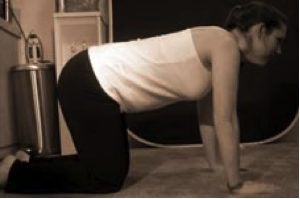
B. 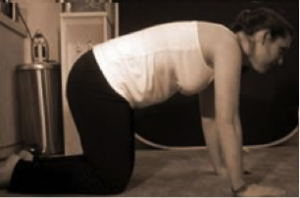
- Kneel down keeping your back flat see picture (A)
- Breathe in, pull in your stomach
- Breathe out slowly, tilt your pelvis forward so your back arches (B)
- Hold for a few seconds , then relax and breathe in
- Hold for a few seconds, then gently relax and breathe in
Repeat 3 to 5 times several times per day
Sitting Well
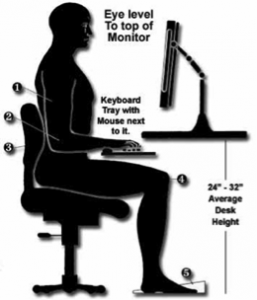
Good posture not only prevents strain in lower back, but it keeps your neck and shoulders relaxed during pregnancy and helps your bay lie in a good position.
- Sit on a chair, making sure that it is a comfortable height to allow arms freely hang by side.
- Feel the way your weight seems to fall through your “sitting” bones onto the seat and softly release your lower back.
- Gently lengthen your spine from the back of your waist up towards the top of your head, but not arching or pulling up your lower back. Relax your tummy muscles.
- Relax your shoulders and arms and gently raise your breastbone a little, making space for the baby in front.
- Relax your back of your neck and your jaw, allowing your head to find its own natural balance and breathe evenly in your normal rhythm.
Practicalities
You will need a warm uncluttered space (preferably with carpet or large rug). It is important to be comfortable while you exercise; so I would suggest you wear baggy T shirt and leggings or loose shorts. Have good footwear with good support and do buy the most expensive kind of runners.it uncertain what type of footwear to wear for exercise discuss this with your osteopath who will give you correct advice on what suits you best.
Listen to what your body tells you. Stop when you feel you have had enough.

